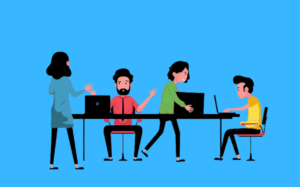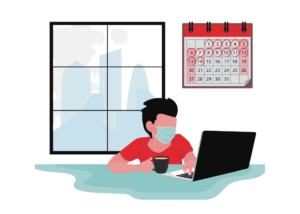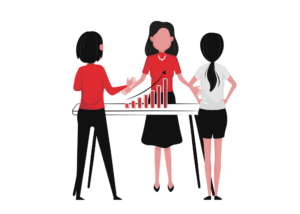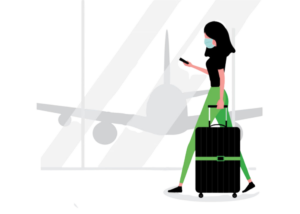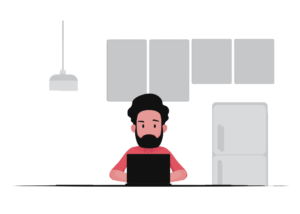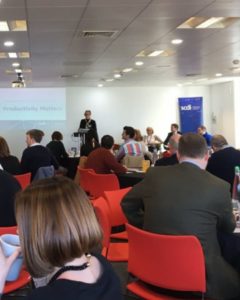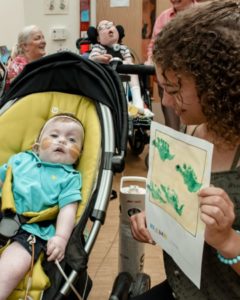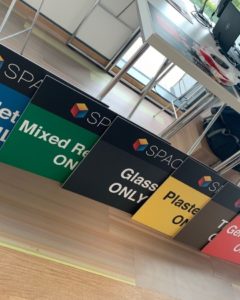With the exception of the prominence of Teams calls, the above could have been written about the workplace at any time in the past decade. It describes spaces that are used for short periods of time, are sometimes customisable, sometimes bookable and most importantly describes variety and choice in the types of space that allow people to get away from being tied to a desk. The workplace above also addresses the desire of staff to move beyond the confines of Mon-Fri, 9-5.
It’s not new and it’s most definitely not rocket science.
